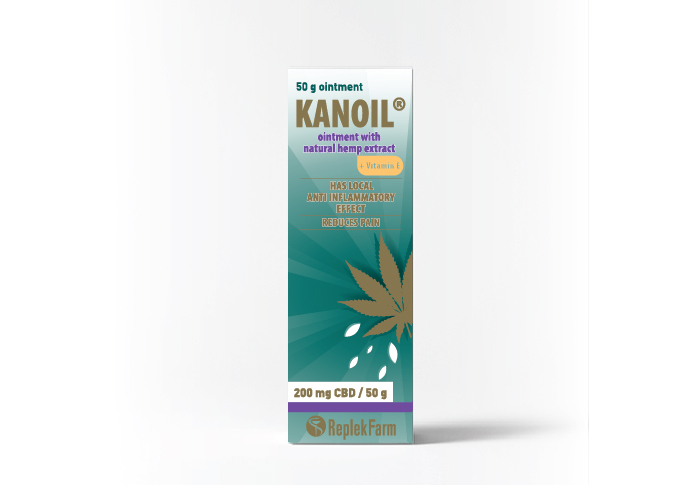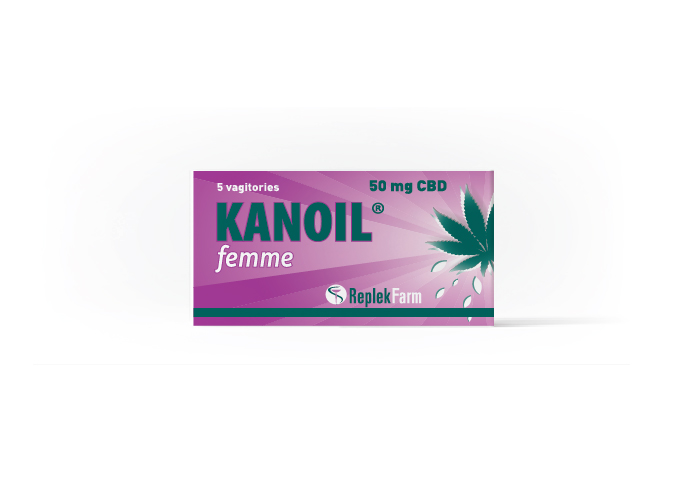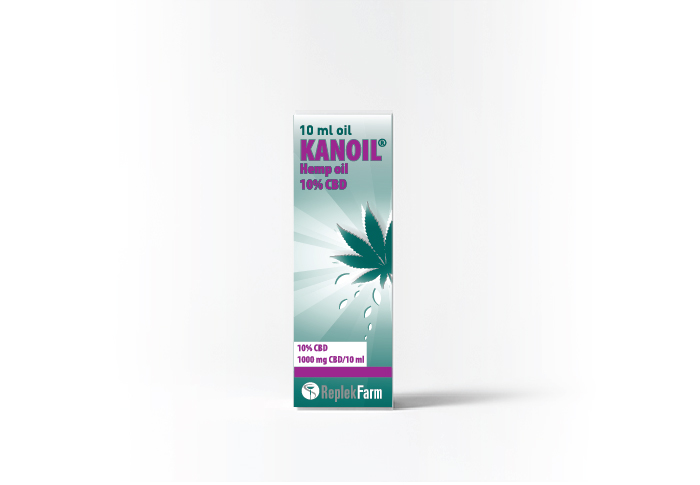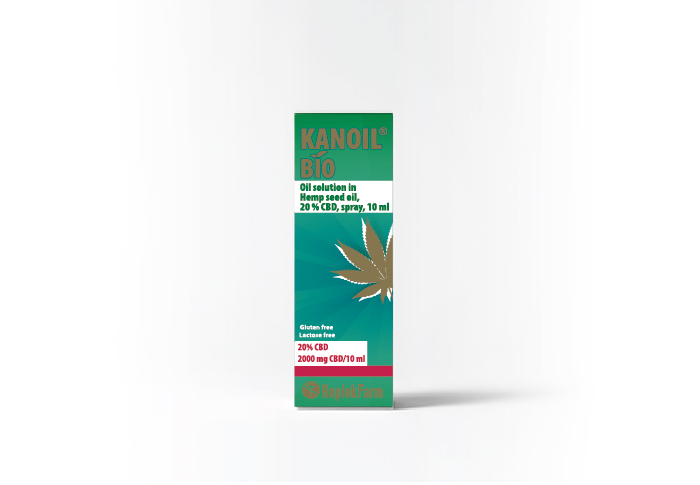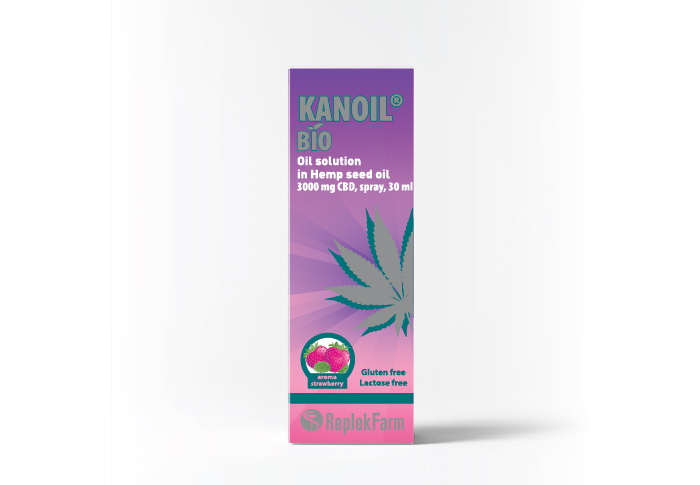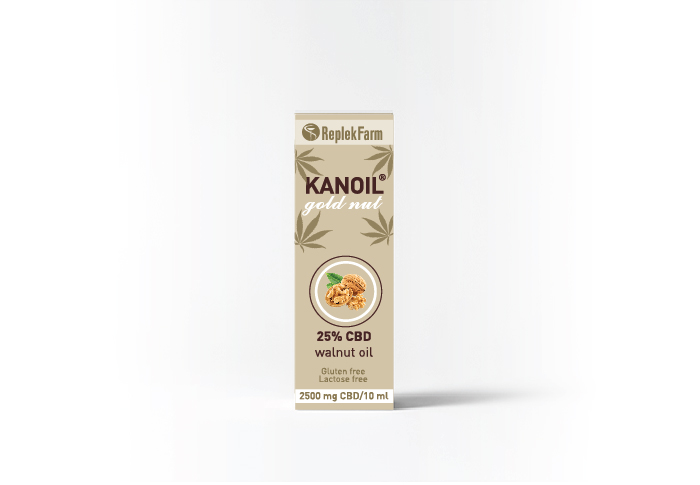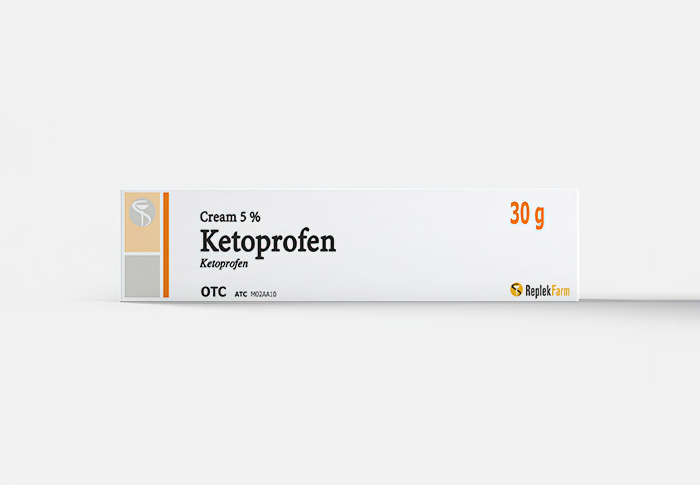
Parafen®
Ibuprofen, paracetamol
Triple action
- Analgesic (reduces pain)
- Antipyretic (decreases fever)
- Anti-inflammatory (reduces inflammation)
Packaging:
Film-coated tablets 200 mg+500 mg
Way of issuing:
Issued without prescription
Product code:
ATC M01A E51
Parafen
Ibuprofen, paracetamol

Triple action
- Analgesic (reduces pain)
- Antipyretic (decreases fever)
- Anti-inflammatory (reduces inflammation)
Type:
Film-coated tablets 200 mg+500 mg
Condition:
Issued without prescription
Code:
ATC M01A E51
General Info
Pain is an unpleasant feeling that occurs in case of injury or tissue damage. It is actually a warning sign that something happens in the body, i.e. an alarm that we need to do something or stop doing something that hurts.
According to their origin, pain can be:
- Somatic – pain that comes from the skin or from the subcutaneous tissue (muscles, joints)
- Visceral – pain that originates from the internal organs or tissues
- Reflecting pain – pain that is reflected elsewhere, not on the site of damage (for example arm or shoulder pain that occurs in cardiac infarction)
Pain treatment
According to the length of time, the pain can be:
- acute (short-term)
- chronic (long-term)
According to the type of pain, it can be:
- Nociceptive – caused by the stimulus of the sensory nerve cells (nociceptors) most commonly in pressure, mechanical injury, temperature or chemical that damages the tissue. If the surface is usually strong, sharp and localized, but if it is visceral (ie, pain from the internal organs or tissues) is most commonly diffuse, difficult to localize, in the form of cramps, pulsating or continuous, sharp or blunt, depending on cause and organ. This pain can be accompanied by an urge of nausea or vomiting. A common example of such pain is menstrual pain.
- Neuropathic – caused by inflammation or damage to the nerves. It is often felt in the form of roasting, tingling, tingling, dying.
- – Psychological pain or psychosomatic, usually associated with long-standing stress or another mental, emotional factors.
Depending on the length of the pain, the treatment should be determined, because the drugs used for pain relief are usually harmful to some other organ, so we should always evaluate what we receive and what can be called as a consequence.
Usually, weaker analgesics are safer, while stronger ones are more effective, but they can, in turn, cause pain and damage to other organs (stomach, liver) or cause unwanted complications in those with heart disease.
Therefore, the safest, yet effective analgesic should always be chosen.
Paraffin is a combination of the two safest analgesic components at low doses, which ensures the best safety and efficacy for the treatment of the most common pain
Usage
Adults and children above 12 years
- 1-2 per day
- Maximum daily dose 2 tablets x 3 times daily
Imporant Before Usage
Composition
1 film-coated tablet contains 200 mg ibuprofen and 500 mg paracetamol.
Packaging
Box of 20 film-coated tablets of 200/500 mg in a blister pack.
Pain is an unpleasant feeling that occurs in case of injury or tissue damage. It is actually a warning sign that something happens in the body, i.e. an alarm that we need to do something or stop doing something that hurts.
According to their origin, pain can be:
- Somatic – pain that comes from the skin or from the subcutaneous tissue (muscles, joints)
- Visceral – pain that originates from the internal organs or tissues
- Reflecting pain – pain that is reflected elsewhere, not on the site of damage (for example arm or shoulder pain that occurs in cardiac infarction)
Pain treatment
According to the length of time, the pain can be:
- acute (short-term)
- chronic (long-term)
According to the type of pain, it can be:
- Nociceptive – caused by the stimulus of the sensory nerve cells (nociceptors) most commonly in pressure, mechanical injury, temperature or chemical that damages the tissue. If the surface is usually strong, sharp and localized, but if it is visceral (ie, pain from the internal organs or tissues) is most commonly diffuse, difficult to localize, in the form of cramps, pulsating or continuous, sharp or blunt, depending on cause and organ. This pain can be accompanied by an urge of nausea or vomiting. A common example of such pain is menstrual pain.
- Neuropathic – caused by inflammation or damage to the nerves. It is often felt in the form of roasting, tingling, tingling, dying.
- – Psychological pain or psychosomatic, usually associated with long-standing stress or another mental, emotional factors.
Depending on the length of the pain, the treatment should be determined, because the drugs used for pain relief are usually harmful to some other organ, so we should always evaluate what we receive and what can be called as a consequence.
Usually, weaker analgesics are safer, while stronger ones are more effective, but they can, in turn, cause pain and damage to other organs (stomach, liver) or cause unwanted complications in those with heart disease.
Therefore, the safest, yet effective analgesic should always be chosen.
Paraffin is a combination of the two safest analgesic components at low doses, which ensures the best safety and efficacy for the treatment of the most common pain
Adults and children above 12 years
- 1-2 per day
- Maximum daily dose 2 tablets x 3 times daily
1 film-coated tablet contains 200 mg ibuprofen and 500 mg paracetamol.
Box of 20 film-coated tablets of 200/500 mg in a blister pack.













